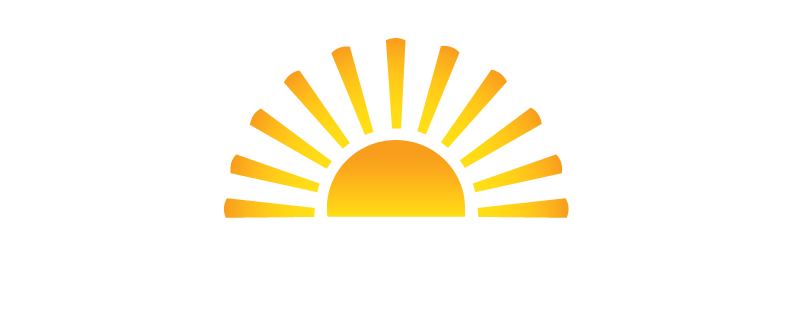Spinal Cord Stimulation FAQs
Spinal cord stimulation (SCS) is one of the most advanced pain management therapies available for effective, long-term pain relief. Twin Cities Pain Clinic performs hundreds of SCS implants every year and is one of the leading spinal cord stimulation authorities in the Midwest. We have collected some of the most commonly asked questions about this revolutionary pain treatment and answered them for you.
Twin Cities Pain Clinic is one of the leading spinal cord stimulation authorities in the entire Midwest. We have collected some of the most commonly asked questions about this revolutionary pain treatment and answered them for you here.
What kind of pain does spinal cord stimulation therapy help?
Spinal cord stimulation (SCS) therapy can reduce pain caused by a wide range of intractable chronic pain conditions, most often those affecting the back and neck. Some conditions commonly treated by SCS include post-surgery pain, neuropathy (nerve pain), painful diabetic neuropathy (PDN), pain caused by spinal cord injuries, phantom limb pain, sciatica, spinal stenosis, and more.
SCS technology is a rapidly advancing field, with new devices and programming settings allowing for an ever-growing list of treatment opportunities.
Spinal cord stimulation therapy is a good option for patients who have tried other, more conservative pain treatments without relief, and for those who would not benefit from additional surgeries.
What is the success rate of a spinal cord stimulator?
First of all, let’s define success in the field of spinal cord stimulation. A spinal cord stimulation case is considered a success if the patient experiences at least a 50% reduction in pain, which is usually more than enough to allow patients to return to happy, productive lives.
So, how often do SCS recipients achieve at least 50% pain relief? The short answer is the majority of the time. Numerous studies have been done on SCS therapy, and the results have shown that SCS patients report good or excellent pain relief in 50%-80% of cases (1-2). Exact results within that range vary based on the type and location of pain.
Should the SCS implant not achieve a successful result, the procedure is entirely reversible, meaning the device can be removed with no ill effects. An alternate therapy can then be considered.
How long does it take to recover from a spinal cord stimulator procedure?
Though it differs from person to person, the approximate recovery timeline for an SCS implant procedure is about six to eight weeks.
Some patients may experience moderate to significant pain near the incision site for a few days (sometimes up to two weeks) following the procedure. Pain medications and home remedies may be prescribed to help with this pain.
Patients will also be required to avoid certain movements and significant physical activity during the majority of the recovery period. This is to avoid aggravating the still healing incision site as well as to keep the implanted components from shifting before they completely settle into place.
Is spinal cord stimulation surgery painful?
A spinal cord stimulator implant procedure is not painful, as you will be sedated for the duration of the surgery. You will probably feel some pain and discomfort at the incision site for a few days (possibly up to two weeks) following the procedure, but this can be eased with simple home remedies and over the counter pain medications. The surgeon and/or surgical staff will discuss your post-op pain relief options before you are discharged.
What are the side effects and risks of a spinal cord stimulator?
As with any surgical procedure, spinal cord stimulation does come with its own set of risks. These uncommon side effects fall into two categories: device-related complications and physical or biological complications.
Device-related complications arise when the stimulator system itself malfunctions or the pieces become disconnected. These can include a faulty connection between the leads and the battery, unintentional movement of the leads from their original placement (called lead migration), or breakage of the leads. Such complications are infrequent and resulting physical harm is extremely rare.
Physical complications from SCS can range from mild to serious but are also very uncommon. Though SCS is an outpatient procedure, it still carries the same potential risks as any other surgery, including pain at the incision site, excessive bleeding, and infection.
Some more SCS-specific complications that have been documented include mild to moderate shocks from unintended changes in stimulation strength and discomfort around the implanted generator.
Luckily, SCS technology has made huge strides over the years and the associated risks are now less likely than ever to occur. Recent breakthroughs including smaller devices, precision programming, and MRI-compatibility have even further reduced the likelihood of both physical and device-related complications.
Can a spinal cord stimulator cause nerve damage?
In extremely rare instances, serious biological complications have occurred as a result of spinal cord stimulator implants. Among these complications, instances of nerve damage have been documented. However, it is important to remember that such severe complications have always been extraordinarily rare, and they are becoming even more uncommon as SCS technology improves.
Can a spinal cord stimulator be removed?
Yes, spinal cord stimulation therapy is an entirely reversible procedure. In the rare event the device malfunctions or does not provide the expected level of pain relief, the entire system can be removed via an outpatient procedure. Aside from the same potential risks of any surgery, removing a spinal cord stimulator does not result in any permanent problems or side effects.
1. Verrills P, Sinclair C, Barnard A. A review of spinal cord stimulation systems for chronic pain. J Pain Res. 2016;9:481-492
2. Deer TR, Skaribas IM, Haider N, et al. Effectiveness of cervical spinal cord stimulation for the management of chronic pain. Neuromodulation 17(3):265-71, 2014
RELIEVE YOUR PAIN, RENEW YOUR LIFE!

